
HTML Layout Guide: How to Use Pseudo Elements for Element Decoration
Introduction:
In web design, the decoration of elements plays a very important role, you can Improve the aesthetics and user experience of web pages. Using HTML pseudo-elements, we can add additional elements to decorate existing elements to achieve various cool effects. This article will introduce how to use pseudo-elements for element decoration and provide specific code examples.
1. Introduction to Pseudo Elements
Pseudo elements are a very useful concept in CSS. They are part of CSS selectors and are used to add some extra style and content to elements without adding additional tags to the HTML structure. Common pseudo-elements include before and after.
2. Use pseudo elements for element decoration
-
Pseudo elements add content:
- Use::before pseudo elements to add content: pass By setting the content attribute, we can add content to the element. The content here can be text, images, or other HTML elements. Here is an example:
<style> .box::before { content: "装饰内容"; } </style> <div class="box">原始元素</div>When we use the ::before pseudo-element, a text "decoration content" is added before the content of the element. By modifying the style of pseudo elements, you can further achieve effects such as text color, background color, font size, etc.
- Use the ::after pseudo-element to add content: Similarly, we can use the ::after pseudo-element to add some custom content after the content of the element. Here is an example:
<style> .box::after { content: "装饰内容"; } </style> <div class="box">原始元素</div>By modifying the style of the pseudo-element, we can change the location of added content, font style, background color, etc.
-
Pseudo elements create decorative effects
In addition to adding content, pseudo elements can also be used to create decorative effects, such as underlines, borders, arrows, etc. Here are some specific examples:- Create an underline effect:
<style> .text-underline::after { content: ""; display: block; border-bottom: 1px solid #000; margin-top: 5px; } </style> <div class="text-underline">下划线</div>- Create a border effect:
<style> .box-border::before { content: ""; display: block; border: 1px solid #000; width: 100px; height: 100px; } </style> <div class="box-border">边框</div>- Create arrow effects:
<style> .arrow::before { content: ""; display: block; border: 10px solid transparent; border-right: 10px solid #000; width: 0; height: 0; } </style> <div class="arrow">箭头</div>By modifying the style properties of pseudo elements, we can create a variety of different effects to make the element more attractive and unique.
Summary:
Through the introduction of this article, we have learned how to use HTML pseudo-elements to decorate elements. We can beautify and personalize elements by adding content, creating decorative effects, etc. The advantage of using pseudo elements is that there is no need to modify the HTML structure, which reduces code redundancy. I hope this article has been helpful in understanding the use of pseudo-elements and inspired you to explore this area further.
The above is the detailed content of HTML Layout Guide: How to Use Pseudo-Elements for Element Decoration. For more information, please follow other related articles on the PHP Chinese website!
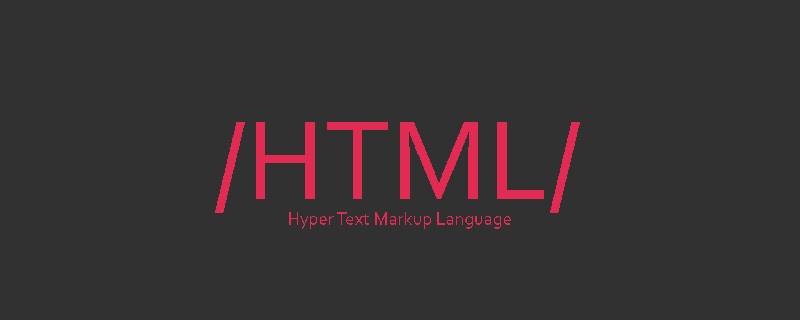 HTML超文本标记语言--超在那里?(文档分析)Aug 02, 2022 pm 06:04 PM
HTML超文本标记语言--超在那里?(文档分析)Aug 02, 2022 pm 06:04 PM本篇文章带大家了解一下HTML(超文本标记语言),介绍一下HTML的本质,HTML文档的结构、HTML文档的基本标签和图像标签、列表、表格标签、媒体元素、表单,希望对大家有所帮助!
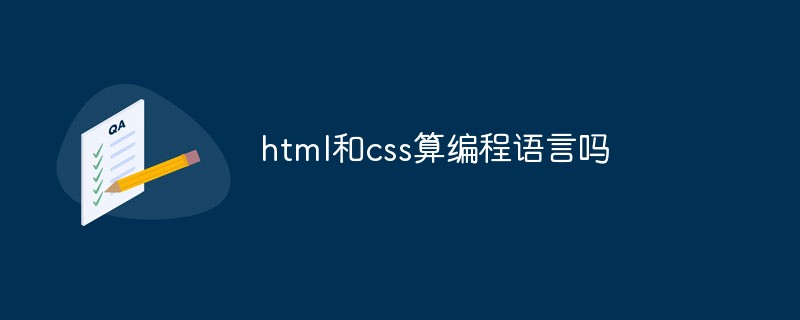 html和css算编程语言吗Sep 21, 2022 pm 04:09 PM
html和css算编程语言吗Sep 21, 2022 pm 04:09 PM不算。html是一种用来告知浏览器如何组织页面的标记语言,而CSS是一种用来表现HTML或XML等文件样式的样式设计语言;html和css不具备很强的逻辑性和流程控制功能,缺乏灵活性,且html和css不能按照人类的设计对一件工作进行重复的循环,直至得到让人类满意的答案。
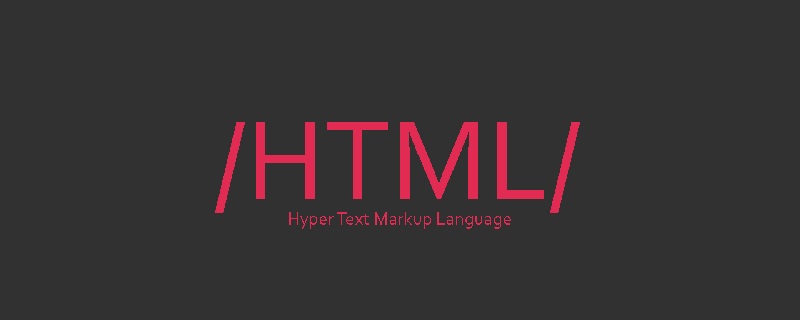 web前端笔试题库之HTML篇Apr 21, 2022 am 11:56 AM
web前端笔试题库之HTML篇Apr 21, 2022 am 11:56 AM总结了一些web前端面试(笔试)题分享给大家,本篇文章就先给大家分享HTML部分的笔试题(附答案),大家可以自己做做,看看能答对几个!
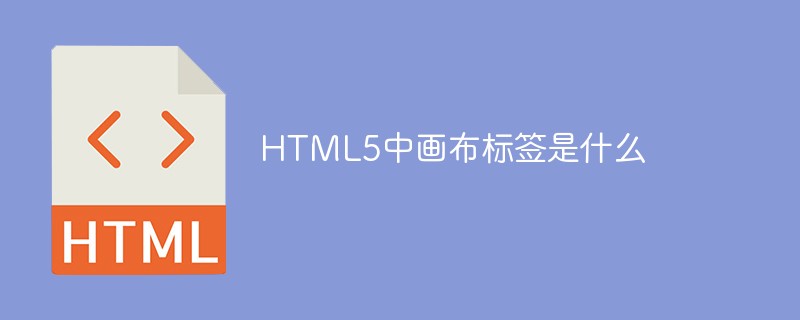 HTML5中画布标签是什么May 18, 2022 pm 04:55 PM
HTML5中画布标签是什么May 18, 2022 pm 04:55 PMHTML5中画布标签是“<canvas>”。canvas标签用于图形的绘制,它只是一个矩形的图形容器,绘制图形必须通过脚本(通常是JavaScript)来完成;开发者可利用多种js方法来在canvas中绘制路径、盒、圆、字符以及添加图像等。
 html中document是什么Jun 17, 2022 pm 04:18 PM
html中document是什么Jun 17, 2022 pm 04:18 PM在html中,document是文档对象的意思,代表浏览器窗口的文档;document对象是window对象的子对象,所以可通过“window.document”属性对其进行访问,每个载入浏览器的HTML文档都会成为Document对象。
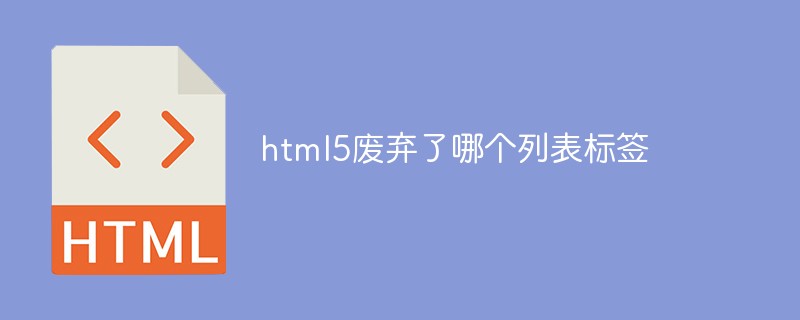 html5废弃了哪个列表标签Jun 01, 2022 pm 06:32 PM
html5废弃了哪个列表标签Jun 01, 2022 pm 06:32 PMhtml5废弃了dir列表标签。dir标签被用来定义目录列表,一般和li标签配合使用,在dir标签对中通过li标签来设置列表项,语法“<dir><li>列表项值</li>...</dir>”。HTML5已经不支持dir,可使用ul标签取代。
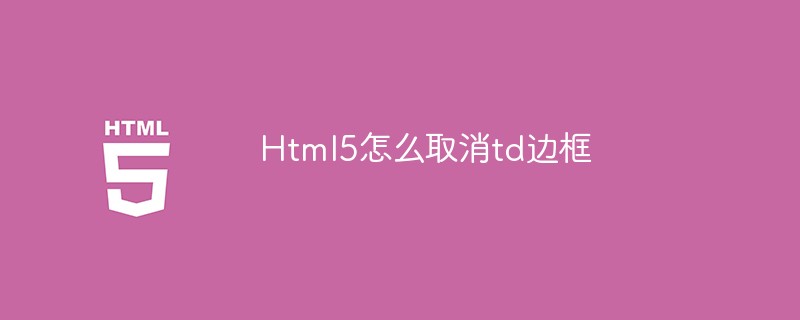 Html5怎么取消td边框May 18, 2022 pm 06:57 PM
Html5怎么取消td边框May 18, 2022 pm 06:57 PM3种取消方法:1、给td元素添加“border:none”无边框样式即可,语法“td{border:none}”。2、给td元素添加“border:0”样式,语法“td{border:0;}”,将td边框的宽度设置为0即可。3、给td元素添加“border:transparent”样式,语法“td{border:transparent;}”,将td边框的颜色设置为透明即可。


Hot AI Tools

Undresser.AI Undress
AI-powered app for creating realistic nude photos

AI Clothes Remover
Online AI tool for removing clothes from photos.

Undress AI Tool
Undress images for free

Clothoff.io
AI clothes remover

AI Hentai Generator
Generate AI Hentai for free.

Hot Article

Hot Tools

SAP NetWeaver Server Adapter for Eclipse
Integrate Eclipse with SAP NetWeaver application server.

Dreamweaver Mac version
Visual web development tools

SecLists
SecLists is the ultimate security tester's companion. It is a collection of various types of lists that are frequently used during security assessments, all in one place. SecLists helps make security testing more efficient and productive by conveniently providing all the lists a security tester might need. List types include usernames, passwords, URLs, fuzzing payloads, sensitive data patterns, web shells, and more. The tester can simply pull this repository onto a new test machine and he will have access to every type of list he needs.

SublimeText3 Linux new version
SublimeText3 Linux latest version

EditPlus Chinese cracked version
Small size, syntax highlighting, does not support code prompt function






